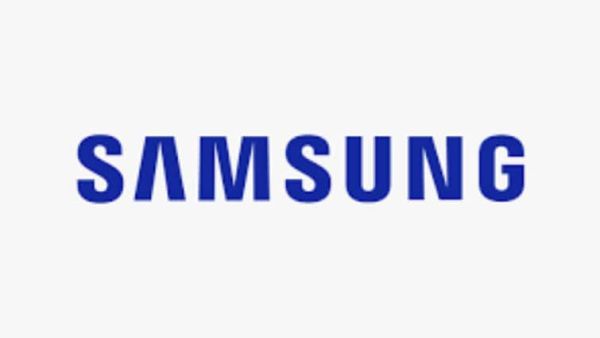
Financial markets are bracing for a volatile opening this week following a US strike on Iranian nuclear facilities announced on Saturday. The military action, disclosed by President Donald Trump via Truth Social, has heightened global tensions, raising fears of further instability in the Middle East.
Investors are now closely monitoring the situation for potential ripple effects across global markets, particularly concerning oil prices and safe-haven investments.
Oil Prices Expected to Surge Amid Heightened Uncertainty
The immediate market reaction is widely anticipated to involve a surge in oil prices and heightened demand for safe-haven assets such as the US dollar, gold, and government bonds, reported Reuters.
"I think the markets are going to be initially alarmed, and I think oil will open higher," said Mark Spindel, chief investment officer at Potomac River Capital. However, Spindel cautioned that much remains unknown, particularly concerning the extent of damage inflicted during the strikes. "We don't have any damage assessment and that will take some time. Even though he has described this as 'done', we're engaged. What comes next?" he added.
The broader uncertainty surrounding the conflict’s trajectory is expected to weigh heavily on investor sentiment, with Spindel emphasising, "I think the uncertainty is going to blanket the markets, as now Americans everywhere are going to be exposed. It's going to raise uncertainty and volatility, particularly in oil." Spindel mentioned he was preparing to engage with other market participants to assess developments before trading resumes.
Inflation Risks Loom as Energy Prices Surge
Economists are particularly concerned about the potential inflationary impact of rising oil prices, which could dampen consumer spending and complicate monetary policy. "This adds a complicated new layer of risk that we'll have to consider and pay attention to," said Jack Ablin, chief investment officer of Cresset Capital. "This is definitely going to have an impact on energy prices and potentially on inflation as well."
Global benchmark Brent crude futures had already surged by as much as 18 per cent since June 10, reaching a near five-month peak of $79.04 on Thursday, following earlier attacks by Israel on Iran on June 13. Despite these gains, the S&P 500 has remained relatively stable, recovering after an initial dip triggered by those earlier developments.
Prior to the US strike, Oxford Economics had modelled several possible outcomes, ranging from a de-escalation of hostilities to a full shutdown of Iranian oil production and even a closure of the Strait of Hormuz. In the most severe scenario, oil prices could spike to around $130 per barrel, driving US inflation close to 6 per cent by year-end, according to Oxford’s analysis. "Although the price shock inevitably dampens consumer spending because of the hit to real incomes, the scale of the rise in inflation and concerns about the potential for second-round inflation effects likely ruin any chance of rate cuts in the US this year," Oxford stated.
-
Ben Duckett Picks India's Biggest Threat In IND vs ENG 1st Test

-
Batting Coach Confesses India Missed First-Innings Mark Against England

-
India’s Oil Hunt Gains Momentum: ONGC Logs Highest Well Count Since 1989

-
Ahmedabad Plane Crash: Air India Releases Rs 25 Lakh Interim Aid To Crash Victims' Families

-
Samsung Eyes HBM4 Launch To Reclaim AI Chip Market As Nvidia, SK Hynix Dominate
